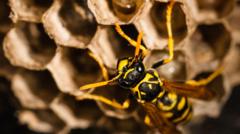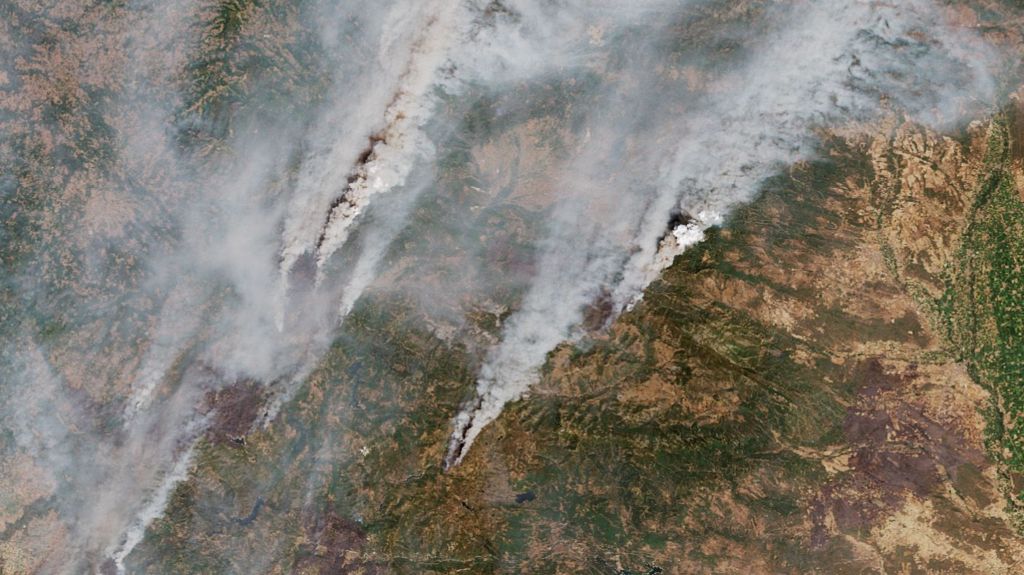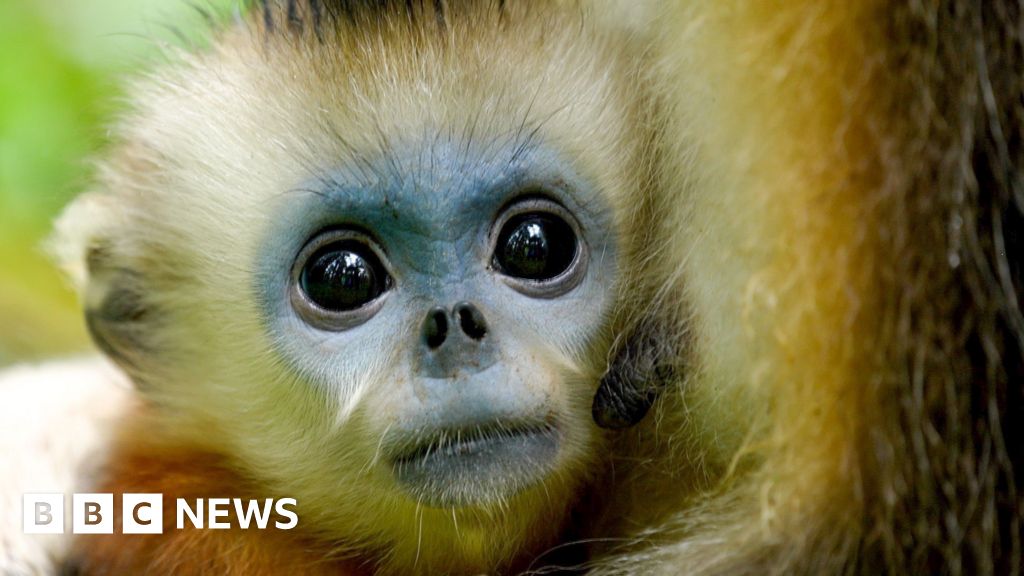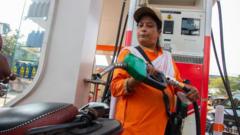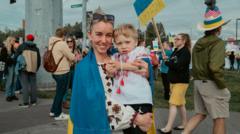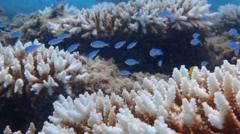A radioactive wasp nest with radiation levels ten times the permitted limits has been discovered at a facility that formerly manufactured components for US nuclear weapons, according to federal reports. Officials from the US Department of Energy confirmed that the nest was exterminated and subsequently disposed of as radiological waste. Notably, no living wasps were found at the site located near Aiken, South Carolina.
The alarming contamination, reported during routine inspections at the Savannah River Site (SRS) on July 3, has stirred concerns among environmental advocates, despite government assurances that there was no impact on public safety or environmental quality. Investigators emphasized that the contamination arose from "onsite legacy radioactive contamination," referring to residual radioactivity from the Cold War-era operations when the facility generated plutonium for nuclear armaments.
Although the nest was located near massive tanks storing liquid nuclear waste, the report maintains that there were no leaks from the tanks and that the surrounding area showed no signs of contamination. The nest itself likely reflected the legacy of past activities, while the wasps that resided within it would have had significantly lower radiation exposure. Furthermore, due to the nest's placement deep within the 310-square-mile facility, the chance of wasps dispersing outside is deemed minimal.
However, watchdog organization Savannah River Site Watch is voicing alarm over unanswered questions regarding the origins of the radioactive waste and whether there might be hidden risks associated with the nearby waste tanks. "I’m as mad as a hornet that SRS didn’t explain where the radioactive waste came from or if there is some kind of leak,” spokesperson Tom Clements remarked, demanding greater disclosure and scrutiny.
Historically, the Savannah River Site has been a major contributor to nuclear waste, having generated over 165 million gallons (about 625 million liters) of liquid waste during its operational years, with 43 underground tanks still in use. Meanwhile, eight tanks have already been decommissioned in efforts to stabilize the situation.

